Political Women
Political Women
Language and Leadership
Edited by
Michele Lockhart
and
Kathleen Mollick
LEXINGTON BOOKS
Lanham Boulder New York Toronto Plymouth, UK
Published by Lexington Books
A wholly owned subsidiary of The Rowman & Littlefield Publishing Group, Inc.
4501 Forbes Boulevard, Suite 200, Lanham, Maryland 20706
www.rowman.com
10 Thornbury Road, Plymouth PL6 7PP, United Kingdom
Copyright 2013 by Lexington Books
All rights reserved. No part of this book may be reproduced in any form or by any electronic or mechanical means, including information storage and retrieval systems, without written permission from the publisher, except by a reviewer who may quote passages in a review.
British Library Cataloguing in Publication Information Available
Library of Congress Cataloging-in-Publication Data
Political women : language and leadership / edited by Michele Lockhart and Kathleen Mollick.
pages cm.
Includes bibliographical references and index.
ISBN 978-0-7391-8203-1 (cloth : alk. paper) -- ISBN 978-0-7391-8204-8
1. Women--Political activity--United States. 2. Political oratory--United States. I. Lockhart, Michele. II. Mollick, Kathleen.
HQ1236.5.U6P653 2013
320.082'0973--dc23
2013023727
 TM The paper used in this publication meets the minimum requirements of American National Standard for Information Sciences Permanence of Paper for Printed Library Materials, ANSI/NISO Z39.48-1992.
TM The paper used in this publication meets the minimum requirements of American National Standard for Information Sciences Permanence of Paper for Printed Library Materials, ANSI/NISO Z39.48-1992.
Printed in the United States of America
Introduction
Diane M. Blair
When I look at the issues we face, and when I think of the changes we need, I am convinced as I have ever been that our future depends on the leadership of womennot to replace men but to transform our options alongside them. Marie C. Wilson, Closing the Leadership Gap
The 113th Congress includes the largest number of women ever elected among its membership. According to the Center for Women and Politics, women now occupy twenty seats in the U.S. Senate and seventy-seven seats in the House of Representatives.
At the same time, it is important to acknowledge that even with these celebrated gains, women are still woefully underrepresented in our political leadership. The United States still only ranks seventy-seventh in womens political participation around the world. Overall, women make up 18 percent of our congressional representatives, with minority women making up less than 5 percent of the total membership of Congress. With the recent gains made by women in Congress, including the election of Tammy Baldwin and Elizabeth Warren in closely watched competitive races, and the high profile political careers of women like Hillary Clinton and Sarah Palin, public perceptions of women as active participants in the political process have clearly broadened. Yet it is also important to consider the various factors that continue to restrict political leadership opportunities for women as well as some of the ways in which individual women have strategically sought to enact political power and leadership for themselves.
The Gendered Nature of Political Leadership
Although well-covered territory in academic circles, it bears repeating that political leadership has historically been defined as a masculine trait. Karlyn Kohrs Campbell argues that when women first began to speak outside the home on moral issues and matters of public policy, they faced obstacles unknown to men. As such, if women are to make meaningful contributions to the shaping of our political reality, their voices must be included not only the national discussion of political affairs but also in our critical analyses of political leadership and performances. The study of the political discourse employed by the women who have found their way into state and national politics and whose voices have been included in the political dialogue are central to advancing womens opportunities and our own understandings of how their leadership is transforming the political landscape. Finally, it is important to point out that a generic womans style of political leadership does not exist because other factors like race, ethnicity, age, sexual orientation, and political affiliations/commitments play important roles when determining the context of ones actions or behaviors in the political arena. When trying to understand womens political leadership, a case study approach like those featured in this book reminds us that political leadership is always socially embodied and culturally situated.
Organization of the Book
Part I of this book, Initial Women Moving Forward: A Fight for Language, includes three essays that explore some of the innovative ways women carved out political leadership roles for themselves prior to the twentieth-century womens liberation movement. In each case, the women sought to build upon their earlier leadership experiences and/or celebrity, at the same time they sought to negotiate and in some cases exploit traditional gender expectations. Kristie Fleckenstein examines Frances Willards supposed non-political, personal memoir as an act of feminist rebellion. Willards leadership in the womens suffrage movement and as President of the Womans Christian Temperance Union (WCTU) made her a national political figure, and she built the WCTU into the largest all-female reform organization of its time. Fleckenstein argues that even in writing her personal reflections about learning to ride a bike, Willard advocates and performs a new spatial activism for womens equality and a celebration of feminist communal virtues. In the next chapter, William Carney writes about Aimee Semple McPherson, who was probably best known for her religious leadership as founder of the first mega churches, the Angelus Temple of Los Angeles. According to Carney, McPhersons blending of her established evangelical ministry with her ambitious political involvement in California gubernatorial politics established her as a forerunner, for better or worse, of the rise of contemporary organizations like the Moral Majority and the Christian Coalition. Finally, Sara Hillin argues that child movie star Shirley (Temple) Black sought to build upon her former celebrity and establish herself as a legitimate political figure as a United Nations representative and international diplomat. Relying on strategies reflective of an invitational rhetoric, Black established her own political credibility and also increased the visibility of women in high-profile, national political careers.
Part II of the book, A Shift to Modern Day: A Look at Leadership, provides several case studies that explore more current women leaders and what their political performances and rhetorical representations communicate about the larger political and social culture. Rebecca S. Richards explores how nationalistic belief systems (doxa) emerge and circulate to constitute executive political leadership as inherently masculine. As such, when women, like Hillary Clinton, enter this political realm as leaders and potential leaders, the nations readiness to elect a woman head of state becomes central to the popular and mediated discourses of the culture. Richards analysis examines how several women leaders across geo-political positions have the potential to both subvert and affirm the doxa of the nation-state with their rhetorical performances. Returning attention to our own nation-state, both Michele Lockhart and Kathleen Mollick take a closer look at the rhetorical performances and portrayals of the only two women nominated on a major party presidential ticket. Lockharts chapter explores the rhetorical performances and language choices of both Geraldine Ferraro and Sarah Palin, while Mollick analyzes the satirical portrayals of both candidates on
Next page
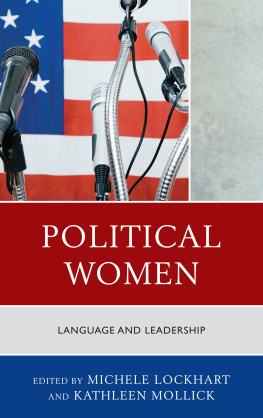

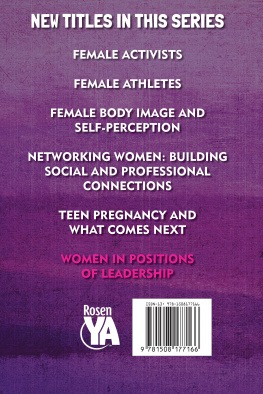
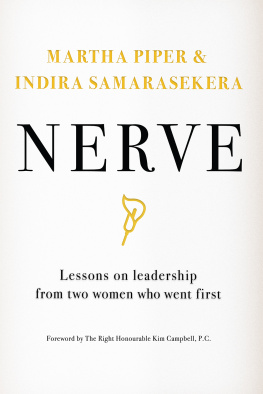
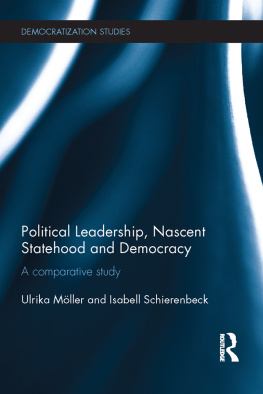
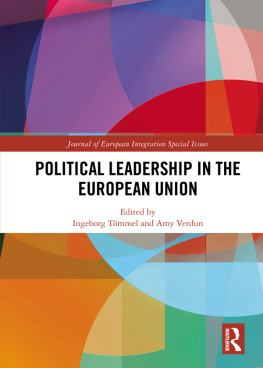


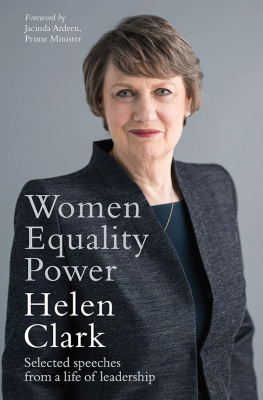
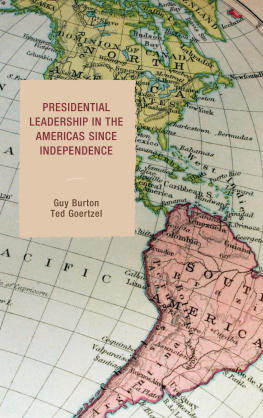
 TM The paper used in this publication meets the minimum requirements of American National Standard for Information Sciences Permanence of Paper for Printed Library Materials, ANSI/NISO Z39.48-1992.
TM The paper used in this publication meets the minimum requirements of American National Standard for Information Sciences Permanence of Paper for Printed Library Materials, ANSI/NISO Z39.48-1992.